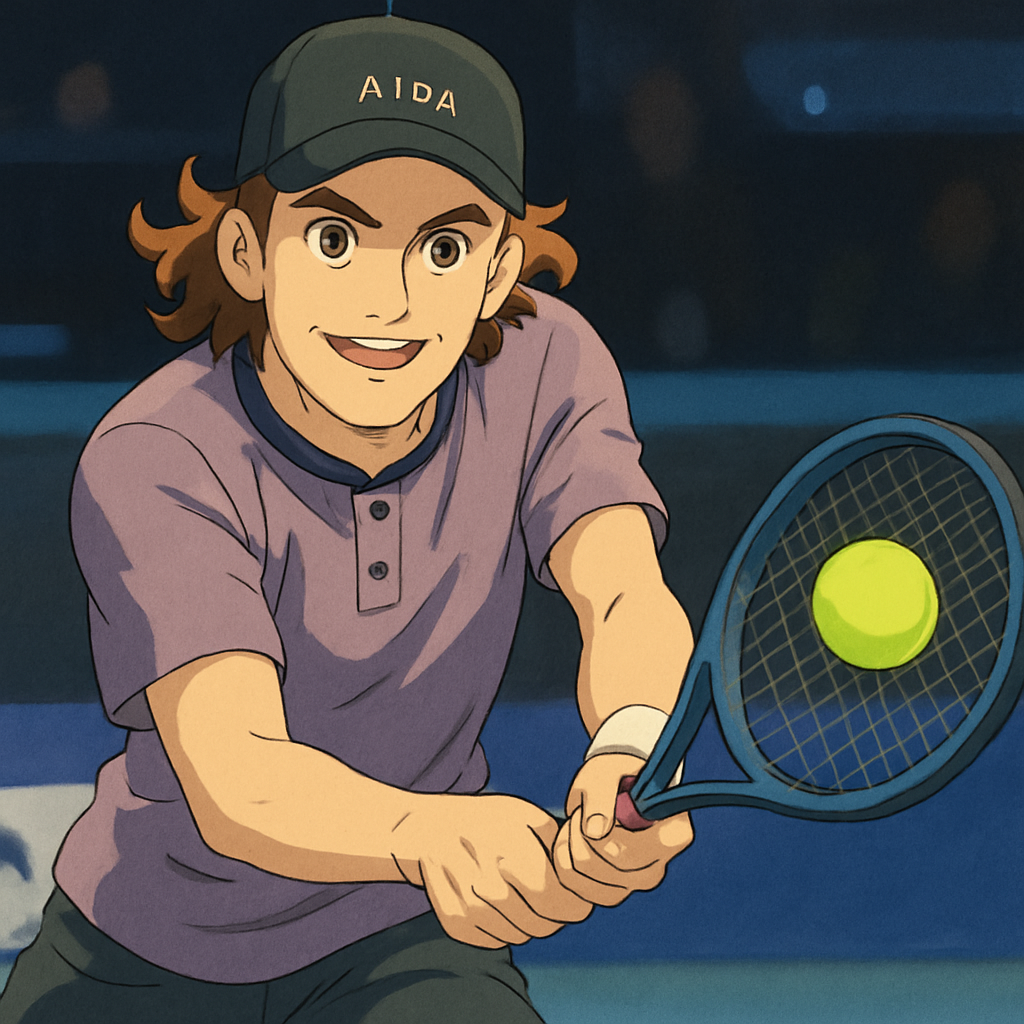SYDNEY — Australian tennis player Max Purcell has accepted an 18-month ban for breaching anti-doping rules, marking a significant setback for the two-time Grand Slam doubles champion. The suspension, announced by the International Tennis Integrity Agency (ITIA), stems from Purcell's failure to provide a sample during an out-of-competition test in October 2023.
The 26-year-old, who reached a career-high doubles ranking of No. 4 in 2022, acknowledged the violation but emphasized the personal toll the case has taken. In a statement released through his representatives, Purcell said, "This situation has been seriously affecting my quality of life, and I'm relieved to finally have closure so I can move forward."
The Anti-Doping Violation
According to ITIA records, Purcell missed three separate testing attempts between August and October 2023. Anti-doping regulations classify three "whereabouts failures" within a 12-month period as equivalent to a positive test. The ITIA confirmed that Purcell's case involved:
- One missed test on August 15, 2023
- A filing failure on September 3, 2023
- A second missed test on October 10, 2023
The ITIA noted that Purcell cooperated fully with the investigation once notified of the potential violation. His 18-month ban was reduced from the standard two-year suspension due to his prompt admission and assistance with the process. The ban is backdated to October 11, 2023, making him eligible to return on April 11, 2025.
Purcell's Response and Career Impact
In his statement, Purcell explained the circumstances surrounding the violations: "During this period, I was dealing with significant personal challenges that affected my ability to properly manage my whereabouts requirements. I take full responsibility for these failures."
The suspension comes at a crucial point in Purcell's career. After breaking through as a doubles specialist — winning Wimbledon in 2022 with Matthew Ebden — he had been transitioning to focus more on singles. His singles ranking peaked at No. 40 in August 2023, just before the first whereabouts failure occurred.
Tennis Australia issued a statement supporting Purcell while emphasizing the importance of anti-doping protocols: "We acknowledge Max's acceptance of the sanction and appreciate his cooperation throughout this process. While we support our athletes, we also reinforce that adherence to anti-doping regulations is non-negotiable in maintaining the integrity of our sport."
The Whereabouts System Explained
The Anti-Doping Whereabouts system requires athletes in registered testing pools to provide:
- A 60-minute daily time slot for testing
- Their overnight location
- Competition schedules
ITIA CEO Karen Moorhouse commented on the case: "The whereabouts system is fundamental to effective anti-doping programs. While we recognize the challenges athletes face in meeting these requirements, consistency in application is crucial for fair sport."
Recent Tennis Doping Cases
Purcell's case follows several high-profile anti-doping violations in tennis:
- Simona Halep's four-year ban (currently under appeal)
- Dayana Yastremska's provisional suspension in 2021
- Marin Cilic's 2013 suspension for stimulant use
Purcell's sanction is notably shorter than Halep's but serves as a reminder of the strict liability principle in anti-doping — athletes are responsible for what enters their bodies and for complying with testing requirements, regardless of intent.
Looking Ahead
With his ban set to expire in April 2025, Purcell will miss the entire 2024 season and the first quarter of 2025. This includes:
- The 2024 Australian Open
- All ATP Tour events
- The Paris Olympics
Purcell concluded his statement by saying, "I want to thank my team, family, and fans for their support during this difficult time. I'm committed to returning to the sport I love and will use this period to grow both as a player and a person."
The ITIA confirmed that Purcell remains eligible to participate in tennis-related activities, including training and coaching, during his suspension. However, he cannot compete in or attend any sanctioned events. His case serves as a cautionary tale for athletes navigating the rigorous demands of professional tennis' anti-doping framework.

